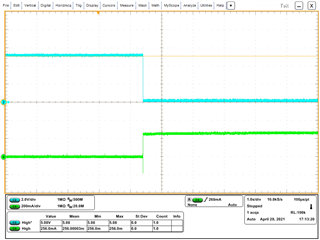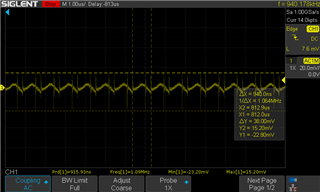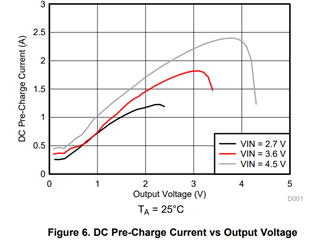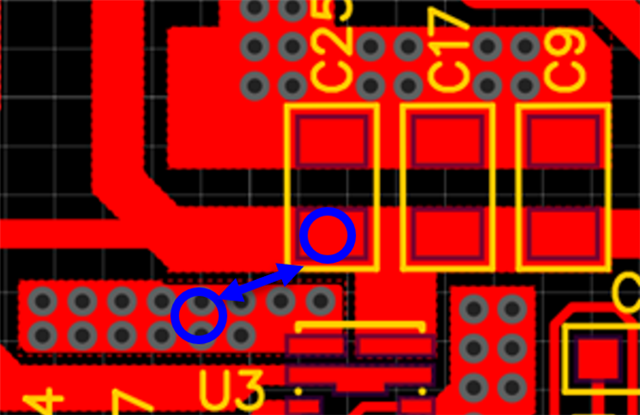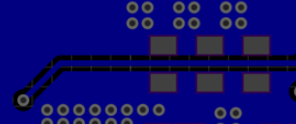Hi Team,
Our customer noticed that when he shorted the output of TPS61236P to ground there is a current flowing between the output and ground and the current increases until is passes 1A. Attached are the schematic diagram and PCB layout for reference. The output of CN10 is connected to a lithium-ion battery which is connected to pin 2 of CN1. The CN1 is an ON/OFF switch to disconnect the battery from the TPS61236P boost converter. C50 and C49 are not installed in the board.
I understand that the ILIM_pre is up to 0.8A (max) if the output is 0V, why does the current exceeds 1A?
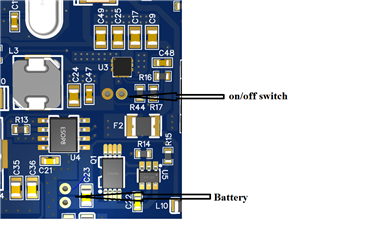
Regards,
Danilo


